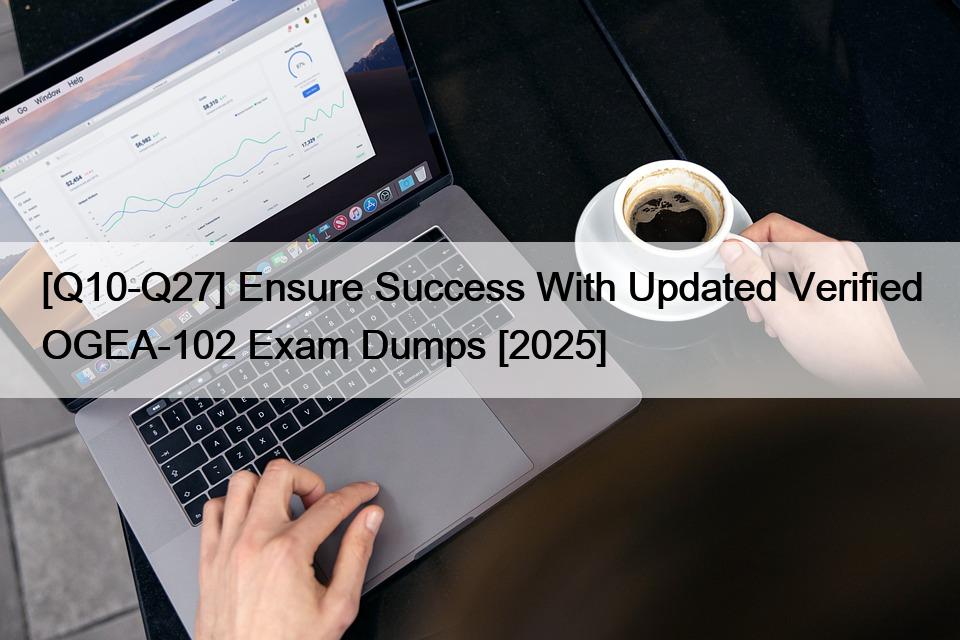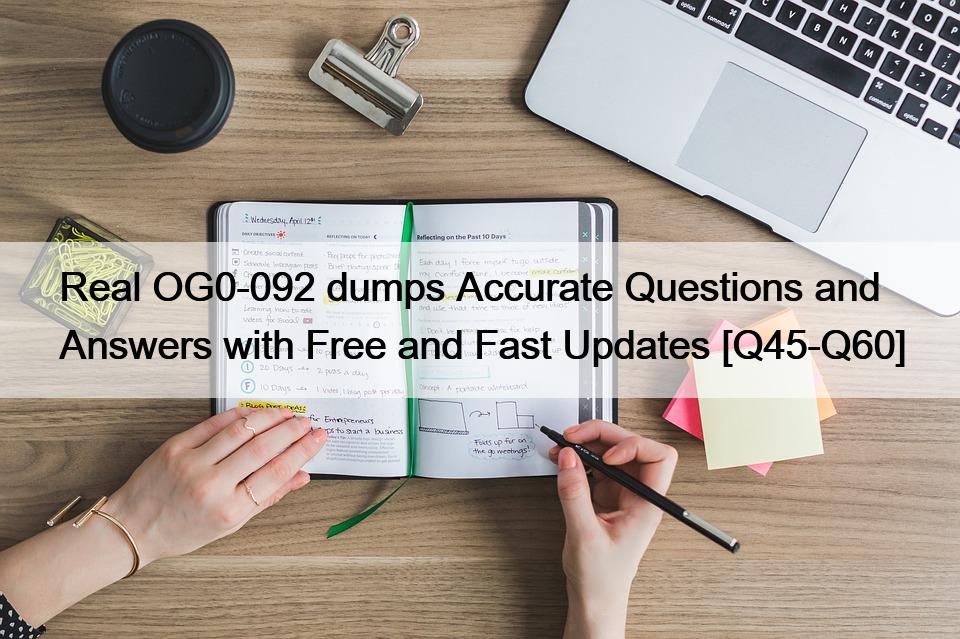[Q10-Q27] Ensure Success With Updated Verified OGEA-102 Exam Dumps [2025]
Ensure Success With Updated Verified OGEA-102 Exam Dumps [2025]
Exam Materials for You to Prepare & Pass OGEA-102 Exam.
Updated OGEA-102 Certification Exam Sample Questions: https://www.premiumvcedump.com/TheOpenGroup/valid-OGEA-102-premium-vce-exam-dumps.html


